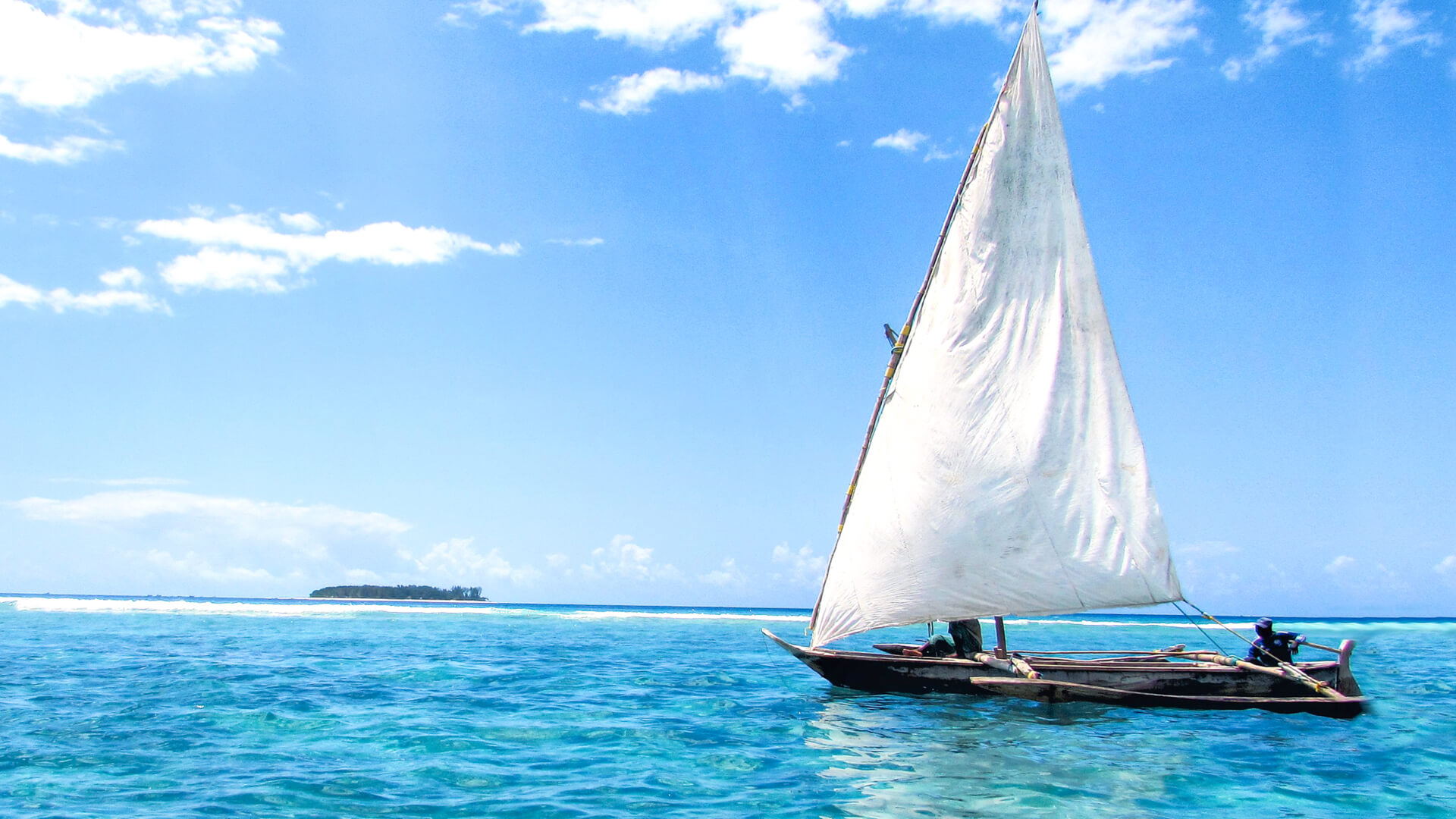Zanzibar
Overview
Zanzibar is a stunning archipelago located off the eastern coast of Tanzania in East Africa. Most known for its largest island, Unguja (often referred to as Zanzibar Island), the region also includes Pemba Island and several smaller islets. Zanzibar sits in the warm Indian Ocean, just about 25–50 kilometers from the Tanzanian mainland. Its geographic position has made it a historical hub for global traders, blending African, Arab, Indian, and European influences into a unique culture. The main city, Stone Town, is a UNESCO World Heritage Site well-known for its winding alleys and stone buildings dating back to the 19th century. Zanzibar is not only famous for its cultural heritage but also for its dazzling white-sand beaches, clear turquoise waters, and vibrant coral reefs, making it a popular holiday destination for travelers seeking both adventure and relaxation.
Weather and Climate
Zanzibar enjoys a warm, tropical climate year-round, thanks to its equatorial position. Temperatures typically range between 25°C (77°F) and 32°C (90°F), with the coastal breezes making the heat comfortable. The island experiences two main rainy seasons: the “long rains” from March to May and the “short rains” in November and December. The dry seasons, from June to October and from January to February, offer sunny and dry weather, which is ideal for beach activities and exploring the island. Humidity levels are high throughout the year, but the coastal air provides relief. The sea temperature remains pleasant, usually between 25°C and 28°C, making swimming and water sports delightful options at almost any time. Given its weather patterns, Zanzibar is an excellent destination for travelers seeking warm, beach-side environments.

Top Things to Do
Zanzibar offers an exciting range of activities for visitors of all interests. Exploring Stone Town is a must; lose yourself in its labyrinthine streets and discover its rich history, markets, and unique Swahili architecture. For beach lovers, Nungwi and Kendwa beaches at the northern tip offer powdery sand and crystal-clear waters, excellent for swimming and sunbathing. The island is also home to world-class diving and snorkeling locations, particularly around Mnemba Atoll, where travelers can view vibrant coral reefs and abundant marine life. Spice tours are another highlight, taking you through fragrant plantations for an immersive experience of Zanzibar’s “Spice Island” heritage. Nature enthusiasts should visit Jozani Forest to spot the rare red colobus monkeys. For a more cultural adventure, a dhow cruise at sunset or a cooking class to learn Swahili recipes adds an authentic local touch to your journey.

The Best Time to Visit
The most favorable time to visit Zanzibar is during the dry season, from June to October, when the weather is sunny, rainfall is minimal, and humidity is lower, making it ideal for beach holidays and outdoor exploration. These months coincide with the cooler period, offering comfortable temperatures perfect for sightseeing and water activities. January and February are also good months for travel, as they are warm and relatively dry before the arrival of the “long rains.” The rainy periods, especially between March and May, tend to be less convenient due to heavy rainfall and occasional flooding, which can limit outdoor activities and travel options. However, visitors during the low season can benefit from quieter attractions and lower hotel rates. Overall, for the best experience, it is recommended to plan a trip during the main dry season when Zanzibar’s natural beauty and vibrant culture shine brightest.



